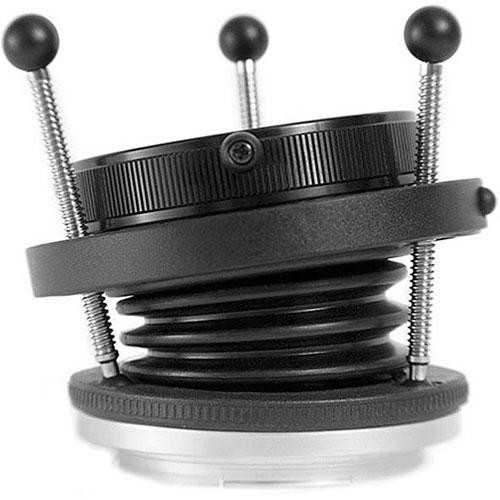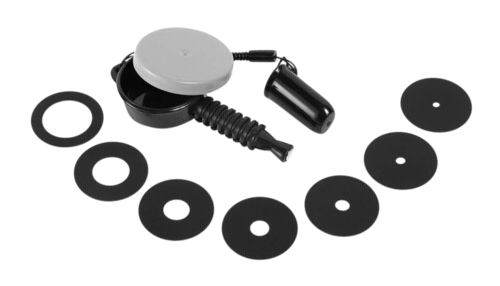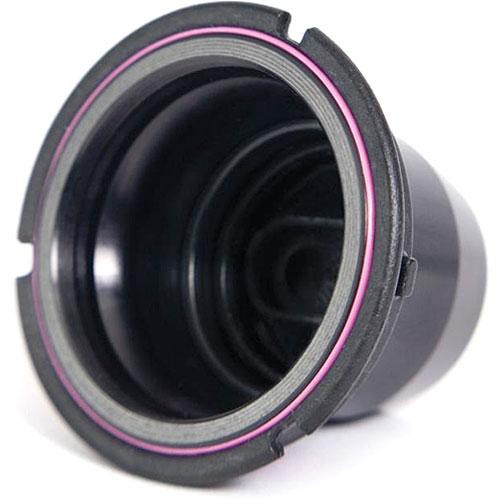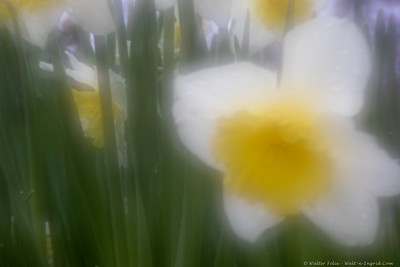- Canon EOS 5D Mark IV w/Lensbaby Control Freak with Pinhole/Zone Plate Optic
- ƒ/19
- 55 mm
- 1/2 second
- ISO 50
When Lensbaby first release their Optic Swap system, I myself, like many other photographers with GAS (Gear Acquisition Syndrome), rushed to buy the various optics to fit into their mounts. Overall, it was actually quite an investment, I currently own 12 optics for use with their Control Freak mount as well as their circular fisheye lens. And like most of the gear I rushed to purchase, it sits in the bag rarely getting put to use. There is noting wrong with them, Lensbaby makes great products, but their optics are more creative effect, niche type products that have very specific uses. Recently, I’ve been forcing myself to pull out some of the dust collectors and go for walks with them.
The Lensbaby mounts and optics are entirely manual and can be difficult to use at first.  First, the mounts in the optic swap system are designed to tilt, angling the optic from focal plane of the sensor. This results in a very narrow slice of focus that drops off quickly, similar to the effect of a much more expensive tilt shift lens. But, this also makes it very difficult to find focus, which is achieved by changing the height and angle of the collar and fine tuning with the focus ring. Early optics (Double Glass, Single Glass, & Plastic) didn’t even have internal aperture blades. Aperture was controlled by inserting magnetic disks in front of the optic.
First, the mounts in the optic swap system are designed to tilt, angling the optic from focal plane of the sensor. This results in a very narrow slice of focus that drops off quickly, similar to the effect of a much more expensive tilt shift lens. But, this also makes it very difficult to find focus, which is achieved by changing the height and angle of the collar and fine tuning with the focus ring. Early optics (Double Glass, Single Glass, & Plastic) didn’t even have internal aperture blades. Aperture was controlled by inserting magnetic disks in front of the optic.

Newer optics (Sweet, Edge and Twist), now have internal, manually adjustable apertures, but the price of the optics, did more than double with that added feature.
Early on, I would focus the best I could through the viewfinder and then take a series of shots moving the focus ring a little between shots, hoping one would come out with the focus where I wanted (often with low success). Later after upgrading to a camera with live view capabilities, using live view, I’ll zoom in on the spot I want in focus, fine tune the focus ring and then take the shot, with much more success.

This particular Pinhole/Zone Plate optic (which is inserted into the mount) performs two different functions selective by a small slide on the front. One way it’s a pinhole lens, similar to the pinhole cameras some of us made out of cardboard boxes as kids. With a F/177 f-stop, focus is pretty much a moot point as the DOF is almost everything in front of the camera, but you do have to stop the shutter speed down significantly to achieve proper exposure. Images are not tack sharp, but do achieve the desired look of the old cardboard boxes.
The other way, the optic operates as a Zone Plate Lens.  Equivalent to F/19, with a small mask in front of the opening. This series of concentric circles diffracts light creating a soft, ethereal look, as seen it the image of the daffodil above.
Equivalent to F/19, with a small mask in front of the opening. This series of concentric circles diffracts light creating a soft, ethereal look, as seen it the image of the daffodil above.

